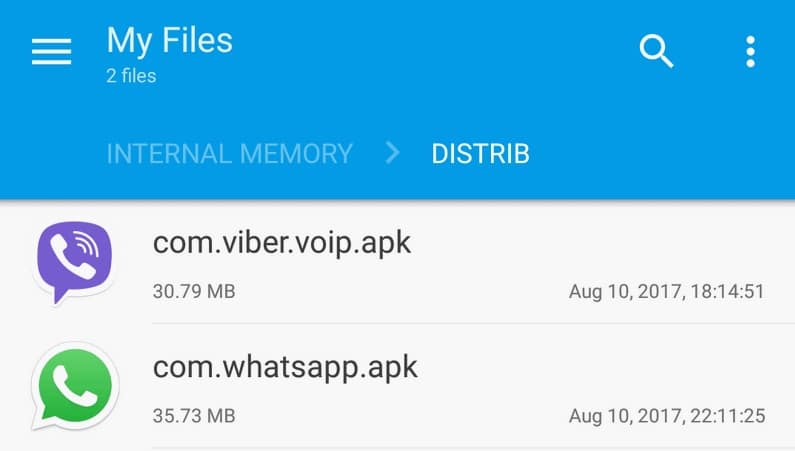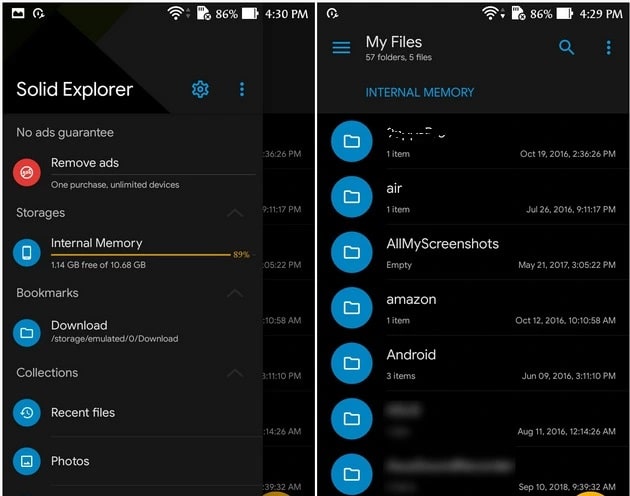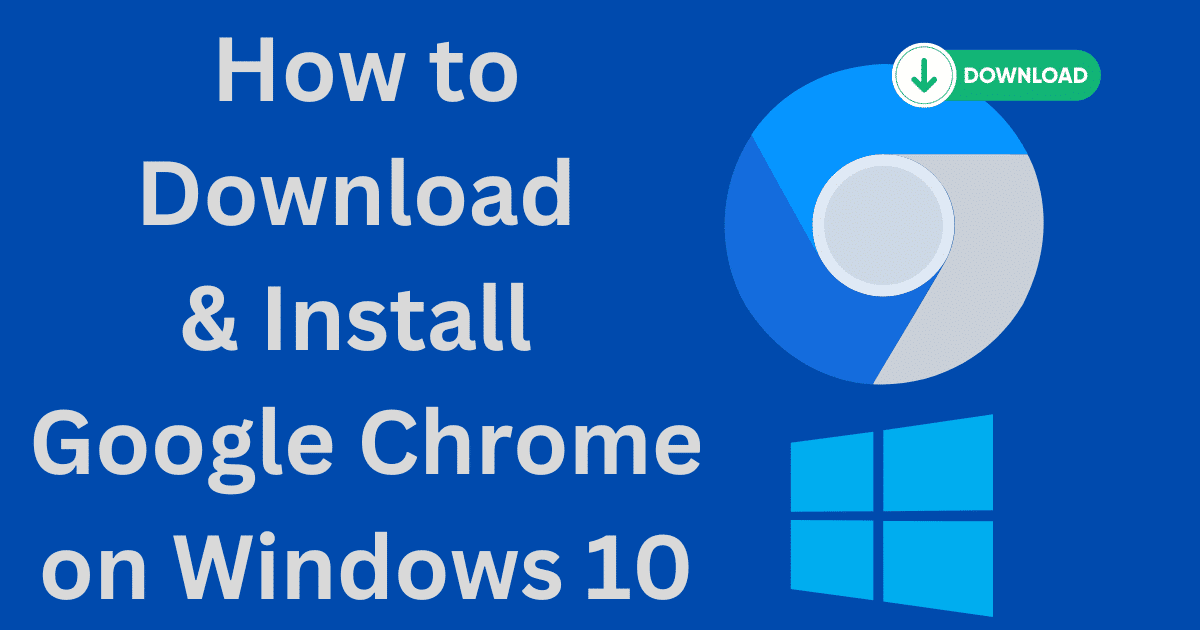As an Android user, you might have lost track of the APK files for the apps you downloaded and installed from the Google Play Store. But where do these essential files get stored on your device?
Well, during the installation process of any app from the Google Play Store, the APK file gets automatically downloaded to your device’s internal storage.
Finding the exact location of this installation folder may vary depending on the device and Android version in use.
Usually, it is found in the “Android/data/app/” directory or the “Android/OBB” directory. So, if you ever need to access these files, now you know where to look.
Let’s explore how you can dive into the APK file data on your Android device. Unlocking it is simpler than ever. Let’s get started.

Where Is the Apk File Downloaded From Google Play Store: How to Access?
Ever wondered what’s going on behind the scenes of your favorite apps? Accessing an app’s data files exposes its inner workings and gives you a closer look at how everything works. It might sound tricky but we’ll take you through every step to help make it easy.
So, ready for some exciting detective work? Dive in with us as we show you just how simple it is to access all those juicy app details stored away deep inside your device.
Step 1: Download a File Manager App
Accessing the data files associated with apps downloaded and installed through Google Play Store on an Android device requires a file manager app to be installed.
To do so, open the Google Play Store app and utilize the search bar to locate “file manager.” A list of available apps will appear, and from there, select the desired file manager app by tapping on the icon or name.
This will bring you to the app’s page, where you can gain further information about it and view user ratings and reviews.
Some popular and trusted file manager apps you can find on the Google Play Store include Files by Google, ES File Explorer, Solid Explorer, etc.
Step 2: Open the File Manager App
Once you’ve downloaded and installed the app, navigating and managing the files on your device becomes a breeze. After opening the app, the main menu will offer you the option to view all the directories and folders on your internal storage.

From here, you can begin the process of accessing your downloaded APK files and installing them onto your device. With the help of your trusty file manager app, you’ll be able to arrange, sort, and manage all of your vital files effectively.
Say goodbye to the days of cluttered files and disorganized content. With the right file manager, you’ll have everything under control.
Step 3: Navigate to the Internal Storage
Once you’ve opened the File Manager app, the next step is to navigate to your device’s internal storage. This can be done by selecting the “Internal Storage” or “Device” option located in the app’s main menu. By doing so, you can easily access all the files and data stored on your device.
Step 4: Find the “Android” Folder
Next, look for the “Android” folder located in the internal storage. This folder typically contains all the files associated with Android apps on your device. Tap on the “Android” folder to open it.
Step 5: Look for the “Data” Folder
Inside the “Android” folder, navigate to the “data” folder. This folder contains all the data files associated with various apps installed on your device. Find and tap on the “data” folder to open it.
Step 6: Find the App Data You Want to Access
Once you’ve located the “data” folder, the process becomes fairly straightforward. You’ll need to scroll down until you find the app name you’re looking for and then tap on the corresponding folder.
Within the folder, you should see a list of files associated with the app, including the APK file. It’s important to note that app folders are typically named based on the app’s package name, which may look something like “com.example.app”.
Does Google Play Store Delete the APK file After Installed?
Google Play Store automatically deletes the APK file after an app is installed on your Android device. When you download and install an app via the Google Play Store, the application file is temporarily stored on your device’s internal storage.
The storage location is only for a short period while the installation process takes place. Once the installation is complete, the APK file is automatically removed from your device’s internal storage to free up space.
The automatic deletion of the APK file has several benefits. First, it ensures that users do not accidentally install the same app multiple times, which could lead to complications. Deleting the APK file automatically prevents it from occupying unnecessary space on your device, which could slow it down.
Another advantage of automatically deleting the APK file is that it keeps your device’s storage space optimal.
Apps can occupy a lot of space, and if APK files remain after installation, they could significantly reduce your device’s available storage space. Hence, automatic deletion guarantees that your device runs smoothly, and you can install more apps without worrying about insufficient space.
What Happens If You Delete the Folder of an Apk File?
If you delete the APK file folder in Android, it will remove the entire application, including all the data associated with it. This includes any settings, preferences, and user-specific information that was saved by the app.
Deleting an APK folder can be useful if you no longer need the app and want to free up storage space on your device. It will completely remove the app along with all of its data.
However, it is important to note that deleting an APK folder will permanently delete all app data, including login credentials, game progress, and any customizations you may have made within the app. This data will not be recoverable, so it is important to back up any important app data before proceeding with the deletion.
Furthermore, deleting an APK folder may cause some apps on your device to malfunction or not work properly. This is because some apps have dependencies on other apps or specific files, and deleting them can cause issues.
Unlock the Key to Seamless APK File Access
After thoroughly exploring the topic, it is evident that finding the APK file on your Android device isn’t that hard.
Generally, when you download an app through the Google Play Store, it’ll be tucked away neatly in either the ‘Android/data/app’ or ‘Android/OBB folder on your device.
To access these files, you must download a file manager app and navigate through the internal storage using specific steps.
Understanding this process can be the key to easily accessing APK files when needed. By following these steps, accessing the necessary data can be accomplished seamlessly and without undue complication.


